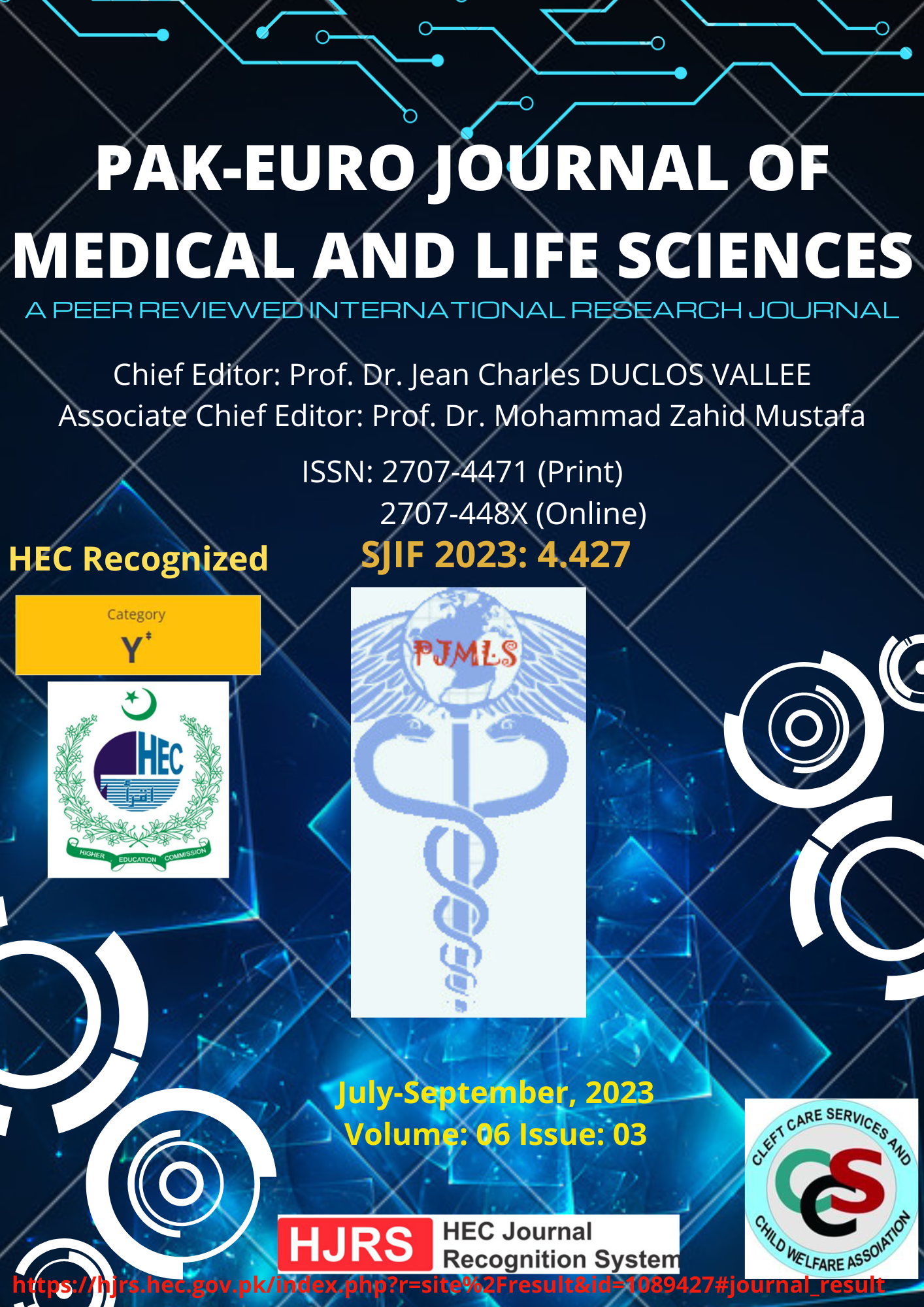In-silico Identification and Characterization of Chemical Stress Responding Genes in Yeast (Saccharomyces cerevisiae)
DOI:
https://doi.org/10.31580/rxbke063Keywords:
Chemical stresses, Computational Tool, Genes, Microarray, Ox idative Stress, Saccharomyces cerevisiaeAbstract
Saccharomyces cerevisiae (yeast) is treated as a model organism to study the life processes of all eukaryotes. Chemical stresses change the regulation of genes present in living organisms. To study the responses of genes at the transcription level, yeast is found to be the best model. The information obtained from the responses of genes, under chemical stresses provides a platform to formulate the mechanism and engineering strategies. These strategies will be helpful against the genes which are resistant to chemical stresses. Computational tools and data available on microarray are used to study the responses of genes in yeast under oxidative stresses, carbon dioxide and heme deficiency and hypoxia, and DNA damage stresses. 180 genes are identified out of 9335 genes of yeast nder these chemical stresses. Furthermore, these identified genes are characterized on
the basis of their molecular function, biological process and cellular components.
References
Anusha S, Sundar S, Williams P. Studies on the isolation and characterisation of marine yeast, β-glucan production and immunostimulatory activity on Carassius auratus. International Journal of Current Microbiology and Applied Sciences. 2014;3(9):230-40.
Zaky AS, Tucker GA, Daw ZY, Du C. Marine yeast isolation and industrial application. FEMS Yeast Research. 2014;14(6):813-25.
Aitman TJ, Boone C, Churchill GA, Hengartner MO, Mackay TF, Stemple DL. The future of model organisms in human disease research. Nature Reviews Genetics. 2011;12(8):575.
Botstein D, Fink GR. Yeast: an experimental organism for 21st Century biology. Genetics. 2011;189(3):695-704.
Teixeira MC, Mira NP, Sá-Correia I. A genome-wide perspective on the response and tolerance to food-relevant stresses in Saccharomyces cerevisiae. Current opinion in biotechnology. 2011;22(2):150-6.
De Ondarza M, Sniffen C, Dussert L, Chevaux E, Sullivan J, Walker N. Case study: Multiple-Study analysis of the effect of live yeast on milk yield, milk component content and yield, and feed efficiency. The Professional Animal Scientist. 2010;26(6):661-6.
Lorrine OE, Rahman RNZRA, Tan JS, Khairuddin RFR, Salleh AB, Oslan SN. Determination of Putative Vacuolar Proteases, PEP4 and PRB1 in a Novel Yeast Expression Host Meyerozyma guilliermondii Strain SO using Bioinformatics Tools. Pertanika Journal of Science & Technology. 2022;30(1).
Zelinsky AA, Rubel AA, Ryabinina MV. Identifying novel amyloid candidates using bioinformatics algorithms and a yeast model approach. Ecological genetics. 2023;21:45-.
Sun Y, Huang J, Wang Z, Pan N, Wan C. Identification of Microproteins in Saccharomyces cerevisiae under Different Stress Conditions. Journal of Proteome Research. 2022;21(8):1939-47.
dos Santos SC, Teixeira MC, Cabrito TR, Sá-Correia I. Yeast toxicogenomics: genome-wide responses to chemical stresses with impact in environmental health, pharmacology, and biotechnology. Frontiers in genetics. 2012;3:63.
Li B, Liu N, Zhao X. Response mechanisms of Saccharomyces cerevisiae to the stress factors present in lignocellulose hydrolysate and strategies for constructing robust strains. Biotechnology for Biofuels and Bioproducts. 2022;15(1):28.
Zhao X, Lian X, Liu Y, Zhou L, Wu B, Fu YV. A peptide derived from GAPDH enhances resistance to DNA damage in Saccharomyces cerevisiae cells. Applied and Environmental Microbiology. 2022;88(4):e02194-21.
Barozai MYK, Bashir F, Muzaffar S, Afzal S, Behlil F, Khan M. In-silico identification and characterization of organic and inorganic chemical stress responding genes in yeast (Saccharomyces cerevisiae). Gene. 2014;550(1):74-80.
Brown PO, Botstein D. Exploring the new world of the genome with DNA microarrays. Nature genetics. 1999;21(1s):33.
Duggan DJ, Bittner M, Chen Y, Meltzer P, Trent JM. Expression profiling using cDNA microarrays. Nature genetics. 1999;21(1s):10.
Cherry JM, Adler C, Ball C, Chervitz SA, Dwight SS, Hester ET, et al. SGD: Saccharomyces genome database. Nucleic acids research. 1998;26(1):73-9.
de Fátima Alves L, Bortolucci J, Reginatto V, Guazzaroni M-E, Mussatto SI. Improving Saccharomyces cerevisiae acid and oxidative stress resistance using a prokaryotic gene identified by functional metagenomics. Heliyon. 2023;9(4).
Saeed AI, Bhagabati NK, Braisted JC, Liang W, Sharov V, Howe EA, et al. [9] TM4 microarray software suite. Methods in enzymology. 2006;411:134-93.
Quayum N, Kutchma A, Sarkar SA, Juhl K, Gradwohl G, Mellitzer G, et al. GeneSpeed Beta Cell: an online genomics data repository and analysis resource tailored for the islet cell biologist. Experimental diabetes research. 2008;2008.
Barozai MYK, Wahid HA. Insilico identification and characterization of cumulative abiotic stress responding genes in Potato (Solanum tuberosum L.). Pak J Bot. 2012;44:57-69.
Aceituno FF, Moseyko N, Rhee SY, Gutiérrez RA. The rules of gene expression in plants: organ identity and gene body methylation are key factors for regulation of gene expression in Arabidopsis thaliana. BMC genomics. 2008;9(1):438.
Ekins S, Mestres J, Testa B. In silico pharmacology for drug discovery: methods for virtual ligand screening and profiling. British journal of pharmacology. 2007;152(1):9-20.
Zhang T, Sun L, Xin Y, Ma L, Zhang Y, Wang X, et al. A vaccine grade of yeast Saccharomyces cerevisiae expressing mammalian myostatin. BMC biotechnology. 2012;12(1):97.
Narla A, Ebert BL. Ribosomopathies: human disorders of ribosome dysfunction. Blood. 2010;115(16):3196-205.
Downloads
Published
Issue
Section
License
Copyright (c) 2023 Pak-Euro Journal of Medical and Life Sciences

This work is licensed under a Creative Commons Attribution 4.0 International License.






